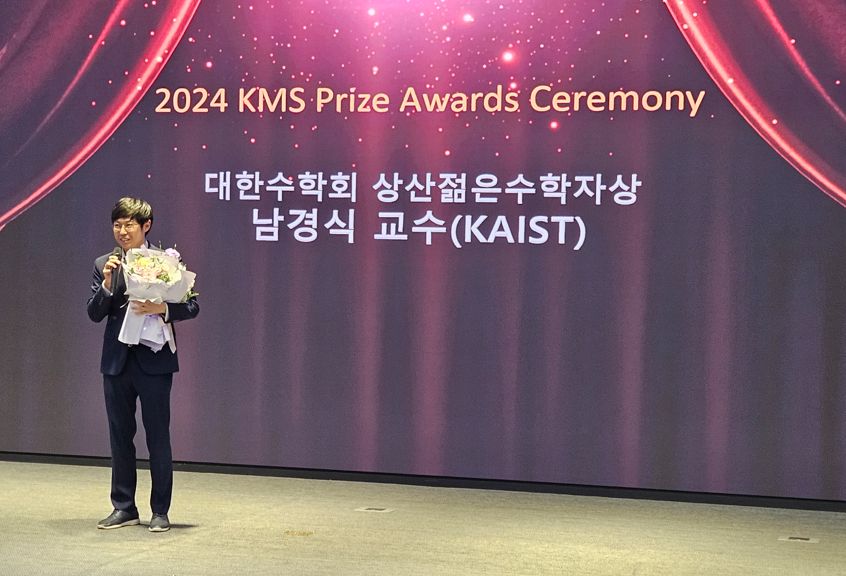학과 세미나 및 콜로퀴엄
백주헌 (KAIST)박사논문심사
복소다항식으로 유도된 무한곡면의 사상류 군과 그 작용
Chia-Fu Yu (Academia Sinica)정수론
Components of the basic locus of certain Shimura varieties
Naing Zaw Lu (KAIST)기타
Introduction to Homotopical Algebra through Model Categories III
김영헌 (브리티시컬럼비아대학)확률론
Approximation of higher dimensional distributions by lower dimensional structures via optimal transport
전광성 (University of Arizona)기타
Second-order learning in confidence bounds, contextual bandits, and regression
대학원생 세미나
SAARC 세미나
편미분방정식 통합연구실 세미나
IBS-KAIST 세미나
학술회의 및 워크샵
학생 뉴스
북마크
Research Highlights
게시판
동문 뉴스
Problem of the week
Let \(P\) be a regular \(2n\)-gon. A perfect matching is a partition of vertex points into \(n\) unordered pairs; each pair represents a chord drawn inside \(P\). Two chords are said to "intersect" if they have a nonempty intersection.
Let \(X\) be the (random) number of intersection points (formed by intersecting chords) in a perfect matching chosen uniformly at random from the set of all possible matchings. Note that more than two chords can intersect at the same point, and in this case this intersection point is just counted once. Compute \(\lim_{n\rightarrow \infty} \frac{\mathbb E[X]}{n^2}\).











